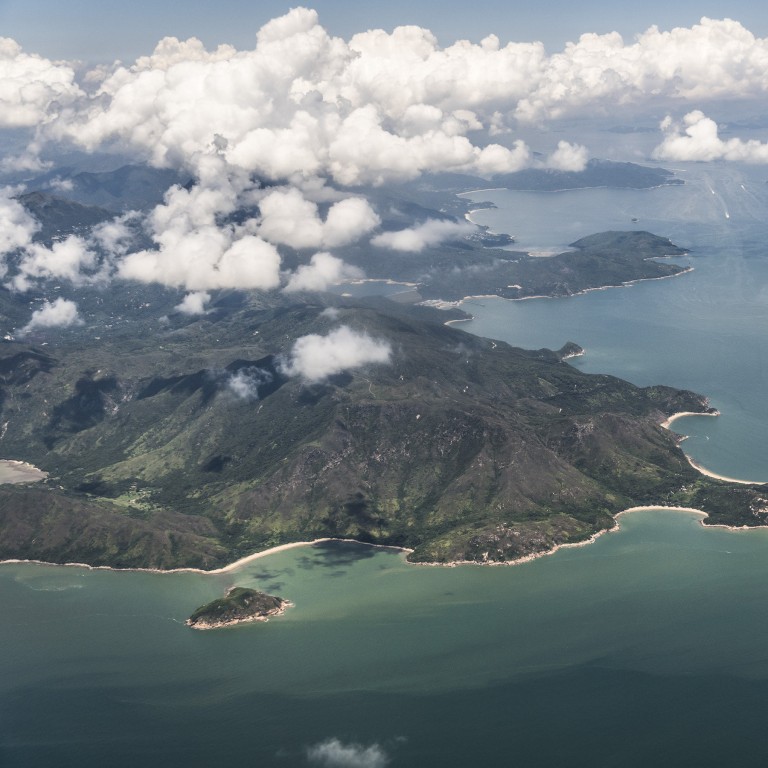
Lantau vision calls for greater transparency
- Authorities should strive to ensure due process is scrupulously followed with such a massive project having the potential to cause irreversible environmental damage
The profiles have just been through a two-week public consultation. The city’s green groups, which have raised questions about the plan from the beginning, have called on the Environmental Protection Department to reject them. They claim the profiles have been rushed through without a strategic environmental assessment of the whole project and consideration of alternative solutions to the housing crisis. Under an assessment, departments steering major projects are required to look at alternatives and compare their impact. It also calls for decisions to address the cumulative impact of individual projects.
Will Hong Kong’s biggest-ever reclamation project solve its housing woes?
The daunting scale of the project and the potential for environmental damage is reason enough to avoid winding up in court, as happened with the Hong Kong-Zhuhai-Macau Bridge. The authorities should strive to ensure due process is scrupulously followed. Urban development and redevelopment do face an increasingly complex regulatory environment. If there is a case for a new developmental approach, the costs and benefits should be openly debated.

